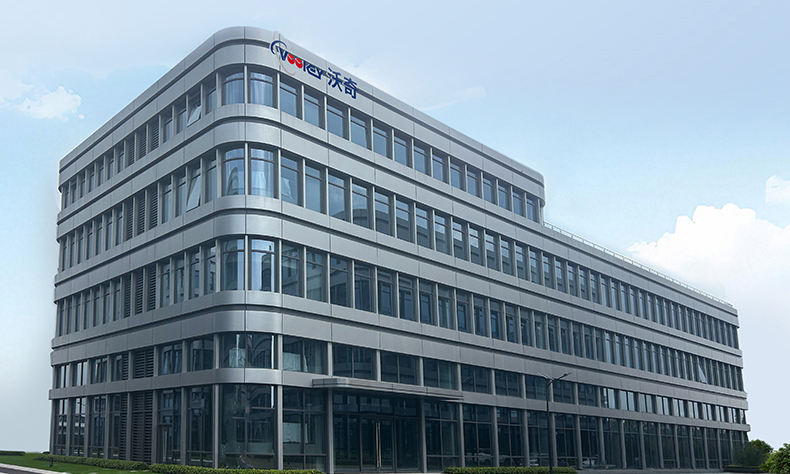The relentless rainy season, with its pervasive dampness and mud, sweeps in, turning the blurred windshield into a significant safety hazard on the road. Even the slightest lapse can impair driving judgment. In this context, wiper blades, as the critical line of defense for maintaining clear visibility, directly impact safety—their material quality is a matter of life and death. Yet, faced with the three mainstream materials on the market—Natural Rubber, EPDM Rubber, and Chloroprene Rubber—which one can maintain stable performance under the incessant deluge of the rainy season?
According to international standards such as China's GB 15085-2013 (Performance Requirements and Test Methods for Automotive Windshield Wipers and Washers), the European ECE R39, the American SAE J903, and Japan's JIS D5710-1998, a high-quality wiper blade must combine excellent wear resistance, temperature tolerance, and sealing performance to meet wiping demands in complex environments. Among the three mainstream materials, Chloroprene Rubber stands out for its balanced performance, making it the preferred choice for many vehicle owners.

Why Chloroprene Rubber is the Optimal Choice for Wiper Blades
Chloroprene Rubber's molecular structure contains chlorine atoms, granting it superior weather resistance. According to Polymer Material Aging and Anti-Aging (Chemical Industry Press, 2021), Chloroprene Rubber exhibits significantly slower degradation under UV radiation and ozone exposure compared to Natural Rubber and EPDM. Even during the alternating humidity and high temperatures of the rainy season, Chloroprene Rubber blades retain flexibility and elasticity, avoiding hardening or cracking that could impair wiping performance.
Daily driving exposes wiper blades to bird droppings, tree sap, deicing salts, and windshield washer fluids—all of which can degrade the rubber. Chloroprene Rubber’s unique chemical structure resists such corrosive substances, maintaining stable performance in harsh chemical environments and extending service life.
Wiper blades endure constant friction against windshields, demanding exceptional mechanical strength. Chloroprene Rubber offers high tensile and tear strength, and when formulated optimally, it minimizes wear during operation. Even under frequent use, it ensures consistent, streak-free wiping clarity.
During high-speed driving or heavy rain, wiper blades must operate swiftly and smoothly. Chloroprene Rubber maintains stable contact with the windshield at high speeds, eliminating chatter or skipping. SAE research confirms that Chloroprene Rubber blades outperform other materials in dynamic tests, delivering safer and more reliable visibility.
From freezing winters to scorching summers, Chloroprene Rubber performs reliably across a wide temperature range (–40°C to 120°C). Studies in Rubber Industry (Issue 5, 2023) show that Chloroprene Rubber remains pliable in extreme cold for effective wiping, while resisting softening in heat—ensuring all-weather protection.

Vookey Zhanxuan Series Beam Blades: The Safe Choice for Rainy Days
As an enterprise dedicated to automotive safety components for years, Vookey Zhanxuan Series Beam Blades stand out with four core advantages, making them the trusted choice for countless drivers:
We insist on using 100% pure Chloroprene Rubber , rejecting any low-grade material blends. Every blade is ISO 9001 certified and complies with the EU RoHS environmental standard, ensuring safety and reliability from the source.
The streamlined spoiler reduces wind resistance at high speeds while enhancing glass adhesion, minimizing water streaks during operation.
Featuring a high-carbon steel frame for superior strength and flexibility, combined with anti-detachment technology, the wiper remains firmly locked and fully functional even in torrential rain at highway speeds.
With universal adapters compatible with 3,000+ vehicle models, installation is effortless—no tools required.
Choosing Vookey isn’t just choosing a product—it’s choosing safety for your loved ones.

Wiper Blade Maintenance Guide
Protect from Sunlight and High Temperatures:
Prolonged exposure to sunlight accelerates rubber deterioration, causing hardening and cracking. Park in shaded areas whenever possible. If outdoor parking is unavoidable, lift the wiper blades to prevent direct contact with the hot windshield.
Wet the Windshield Before Wiping:
Dry wiping can severely wear down the rubber blades. Always spray windshield fluid before activating the wipers. Additionally, check the fluid level regularly to ensure it’s always available.
Regular Cleaning is Essential:
Clean the wiper blades during car washes, as accumulated dust and grit can impair performance. Gently wipe or rinse the rubber strips with a soft cloth, avoiding hard objects that may scratch the surface.
Monitor for Unusual Noises:
When using the wipers, watch for jerky movements or abnormal sounds, which may indicate excessive pressure or blade damage. Adjust or replace them promptly to maintain proper functionality.
